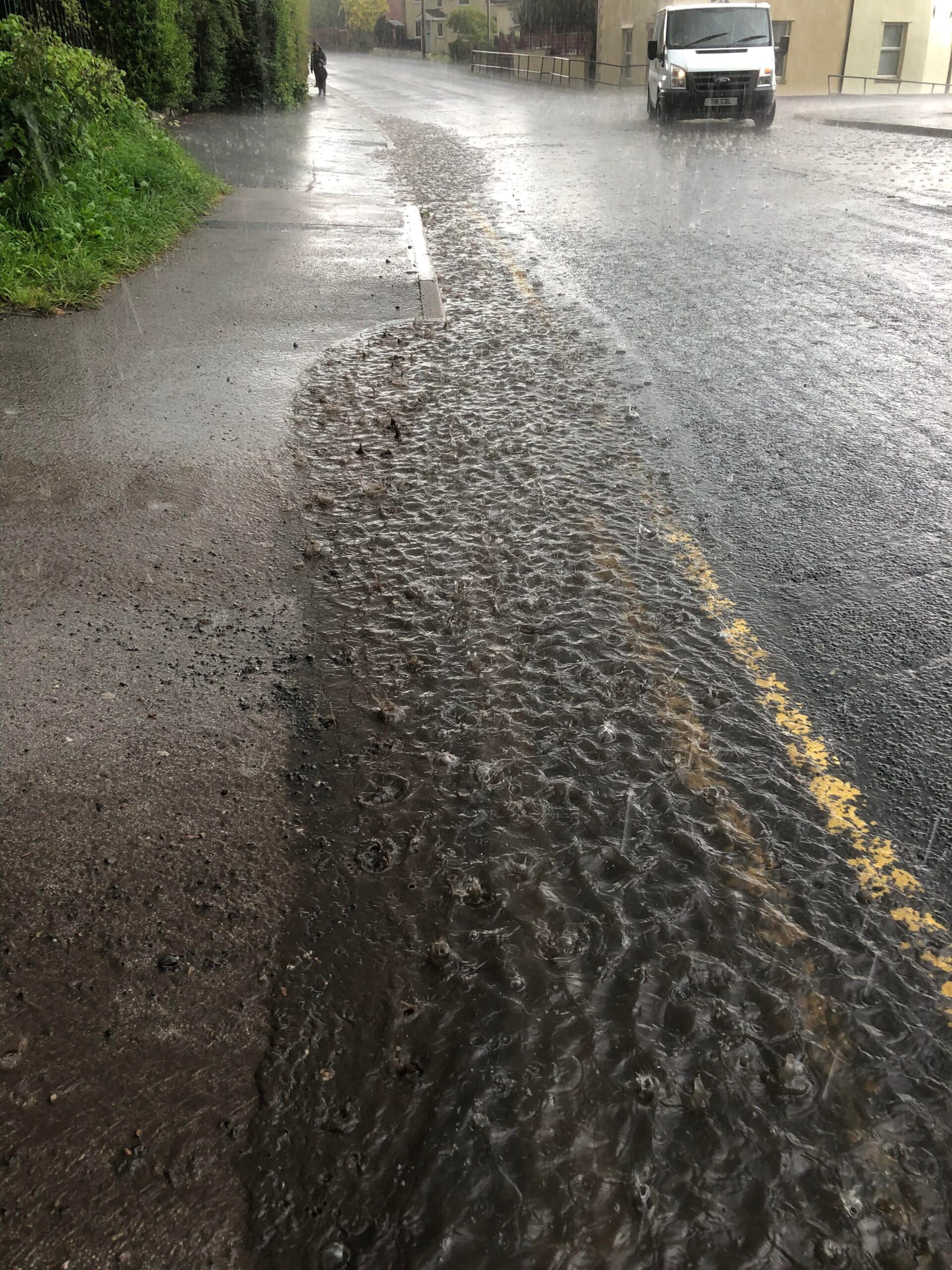Download the document using this link: Highway runoff and the water environment report combined LR
Stormwater Shepherds UK has worked with CIWEM to publish a report setting out the pollution from highway runoff across the UK and the problems that it creates. The report details the nature of the pollution and describes the harm that it causes to aquatic life. Some of the pollutants are toxic and cause horrific deformities in aquatic insects and fish. They also affect their behaviour, making them swim more slowly, so they are less able to catch food or to escape from predators. The toxins also reduce their fertility and reduce the survival of their young.
These effects supress the insect life in rivers, and that has a knock-on effect for our ecosystems as so many flying insects live their larval-stage in our rivers and streams. If there are fewer of these insects, then that affects populations of birds and bats.
There is a regulatory framework in place to control this pollution, but it isn’t being used. National Highways and other highway authorities are allowed to use a decision-making tool that they have created, that they use to decide whether or not their outfalls are likely to cause pollution. If the tool concludes that an outfall is fine, and is unlikely to cause pollution, they don’t have to include any treatment for that highway runoff.
And so, over the last couple of decades, highway authorities have used this tool, and have concluded that they only have to install treatment devices at a few of their outfalls.
But the samples that we took reveal that discharges of highway runoff contain very high, and often illegal, levels of toxic organic compounds.
So it is time that the regulators stepped up to the mark and used their regulatory powers to control these discharges.
If they made the highway authorities apply for a Permit to discharge for all the highest risk outfalls, the Permit could then dictate how much treatment must be provided at the outfall.
And the treatment options are readily available and well understood in the UK. We have sediment removal devices that can capture and remove over half of the pollution, and the ponds and wetlands can be used to remove even more. Finally, polishing devices can be included to provide more treatment before the discharge is allowed to get into the river.
Finally in the document, we discuss how we might find the necessary funding for this increased pollution control activity. We may consider a Stormwater Utility Levy, or levies on particular products such as tyres and fuels.
But one way or another, we must deal with this source of pollution to protect our rivers, streams and oceans for the future.
Download the document using this link:






